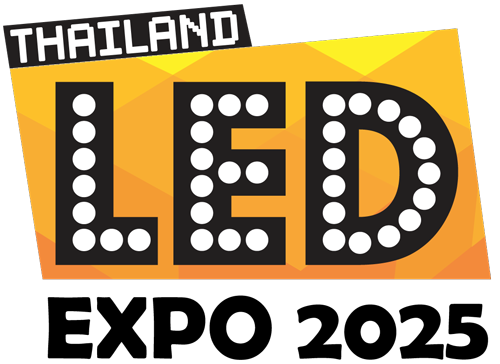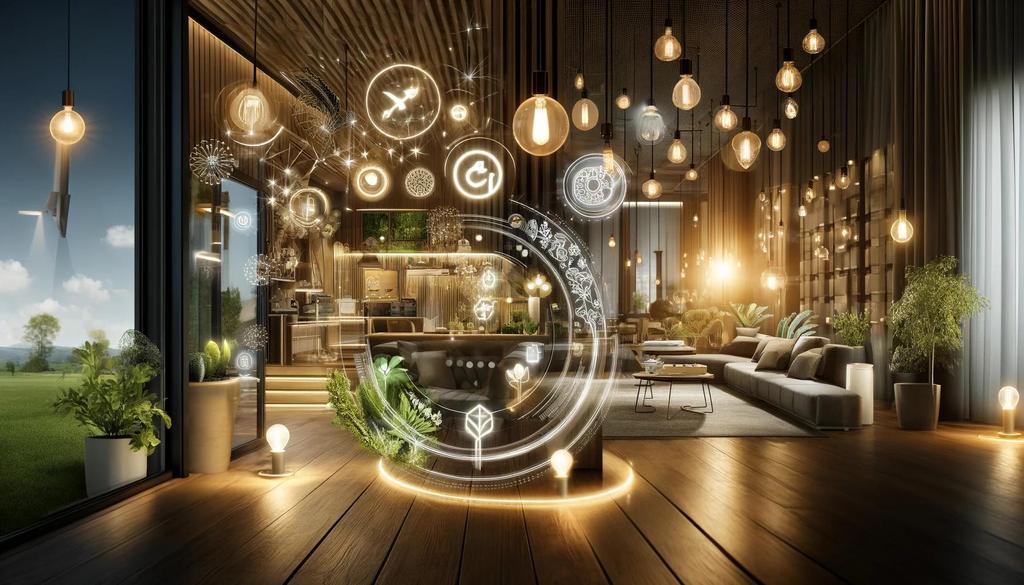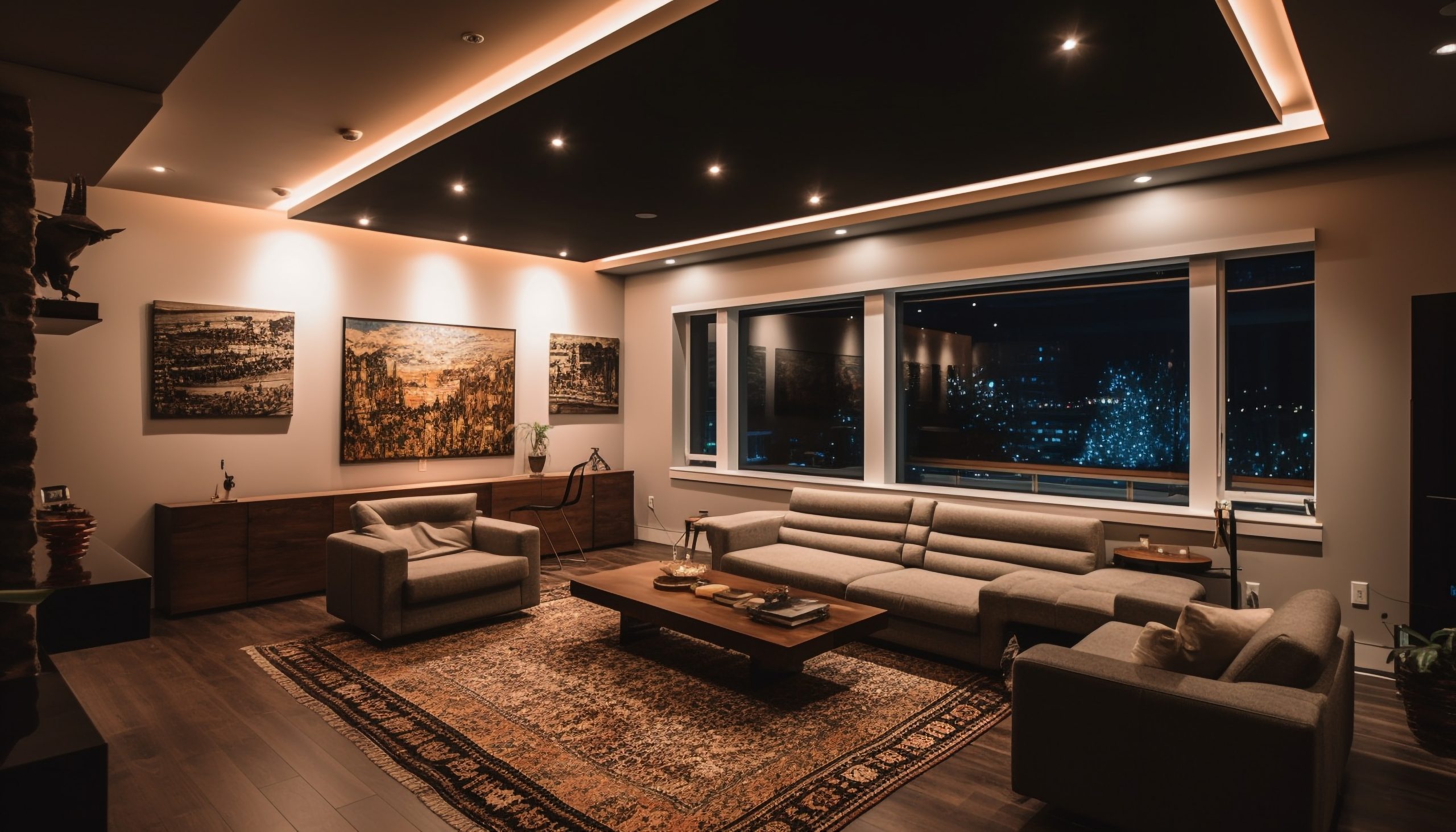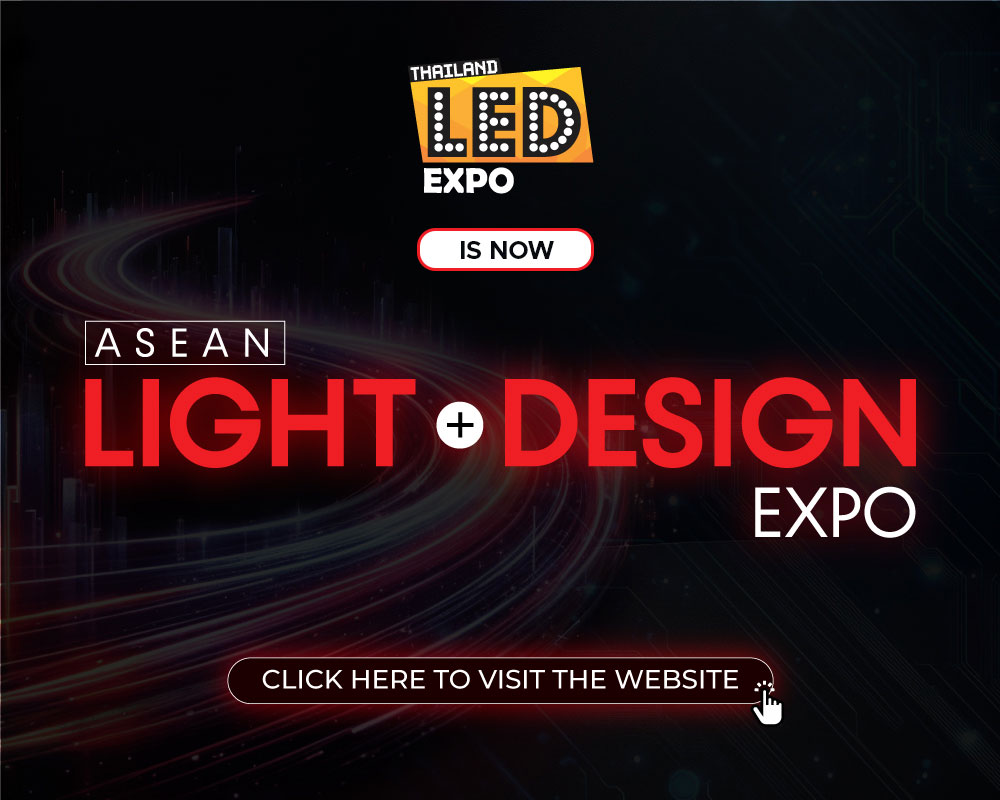Govt initiatives & collaborations in LED & smart lighting

In modern urbanisation and environmental consciousness, the evolution towards energy-efficient lighting solutions stands as a beacon of progress. LED (Light Emitting Diode) and smart lighting technologies have emerged as alternatives to traditional lighting and as pivotal elements in global efforts towards sustainability and smart city development. Governments worldwide are increasingly recognising the potential of these technologies to reduce energy consumption, lower carbon footprints, and enhance quality of life through advanced lighting controls and connectivity. This blog explores how governments spearhead initiatives to foster the growth of the LED and smart lighting industry alongside international collaborations that amplify these efforts.

Government Initiatives Driving LED & Smart Lighting Industry Growth
Governments play a pivotal role in shaping the landscape for LED and smart lighting technologies through various initiatives. These multifaceted initiatives encompass regulatory frameworks, financial incentives, research funding, and public sector adoption strategies.
Regulatory Frameworks and Energy Efficiency Standards:
One fundamental way governments promote LED adoption is through regulatory frameworks that mandate energy efficiency standards for lighting products. For instance, the European Union’s Eco-design Directive and Energy Labelling Regulation set minimum efficiency requirements for lighting products sold within the EU, driving manufacturers to innovate and produce more energy-efficient LEDs. Similar regulations are in place in other regions, ensuring that only high-efficiency lighting solutions enter the market, accelerating the transition from incandescent and fluorescent lighting to LEDs.
Financial Incentives and Support Programs:
Financial incentives such as subsidies, grants, tax credits, and rebates are critical tools governments employ to stimulate the adoption of LED and smart lighting technologies. These incentives help offset the higher initial costs associated with LED installations, making them more attractive to businesses, municipalities, and homeowners. For example, the Energy Star program in the United States offers rebates for residential LED lighting upgrades, while various state-level programs provide incentives for commercial and industrial LED retrofits.
Research and Development Funding:
Governments also invest significantly in research and development (R&D) initiatives to advance LED and smart lighting technologies. These investments support innovations in areas such as lighting controls, connectivity, and integration with smart home and smart city infrastructures. R&D funding drives technological advancements and strengthens domestic manufacturers’ competitiveness in the global market.
Public Sector Adoption and Demonstrations:
Government buildings, public spaces, and infrastructure projects serve as showcases for LED and smart lighting technologies. By leading by example, governments demonstrate the benefits of energy-efficient lighting solutions to the broader community and encourage private sector adoption. Public sector adoption also creates a stable market demand, further driving innovation and economies of scale in the LED industry.
International Collaborations and Global Impact
Beyond national borders, international collaborations play a crucial role in advancing the LED and smart lighting industry. These collaborations encompass partnerships between governments, industry associations, research institutions, and multinational corporations, aiming to share knowledge, leverage resources, and address global challenges.
Knowledge Sharing and Best Practices:
International forums, conferences, and trade exhibitions serve as hubs for knowledge sharing and dissemination of best practices in LED and smart lighting technologies. These platforms facilitate discussions on regulatory trends, technological innovations, and market insights, fostering a collective understanding of industry dynamics and opportunities.

Technical Standards Harmonization:
Harmonising technical standards across different regions is essential for promoting interoperability and facilitating global market access for LED and smart lighting products. International standardisation bodies collaborate to develop common frameworks that ensure product quality, reliability, and performance, thereby reducing trade barriers and enhancing consumer confidence.
Sustainability and Climate Action:
LED and smart lighting technologies contribute significantly to global sustainability and climate action efforts. By reducing energy consumption and greenhouse gas emissions, these technologies support national and international commitments to combat climate change. International collaborations amplify these impacts by aligning policies, sharing innovative solutions, and promoting sustainable practices across borders.
Conclusion
The LED and smart lighting industry stands at the forefront of technological innovation and sustainability, driven by proactive government initiatives and international collaborations. Governments play a crucial role in creating enabling environments through regulatory frameworks, financial incentives, research investments, and public sector adoption strategies. International collaborations further amplify these efforts, fostering knowledge exchange, technical harmonisation, and market expansion opportunities.
Events like LED Expo Thailand, supported by initiatives like the FIEO/MSME subsidy program, exemplify how international collaborations can catalyse industry growth and enhance global competitiveness. As the world continues to prioritise energy efficiency, environmental stewardship, and smart city development, the LED and smart lighting industry will remain pivotal in shaping a brighter and more sustainable future for all. Through continued collaboration and innovation, stakeholders across sectors can collectively illuminate pathways towards a more connected, efficient, and sustainable world.
More News
Lighting and Design Industry Trends for 2025: What to Expect and How to Stay Ahead
As the lighting and design industry continues to evolve, 2025 promises to bring exciting new trends, technologies, and innovations that will shape…View More
The Green Revolution: The Rise of LED Horticultural Lighting
The agricultural industry is undergoing a significant transformation, driven by the need for sustainable and efficient practices. One of the most promising…View More
Transform Retail Spaces with LED Lighting for a better experience
In today’s competitive retail landscape, the importance of creating an engaging and appealing environment cannot be overstated. The modern consumer seeks not…View More
Navigating the Diverse Landscape of Lighting Solutions
From residential spaces to commercial establishments, and from healthcare facilities to outdoor landscapes, lighting plays a crucial role in shaping our environments…View More
The future of lighting: AI-integrated and Sustainable
Lighting plays a pivotal role in our daily lives, influencing our mood, productivity, and overall well-being. From the natural light that governs…View More
Download
Recent Posts
Show Countdown
LED Expo Thailand
- days
- Hours
- Minutes
- Seconds

 ไทย
ไทย
 中文
中文







